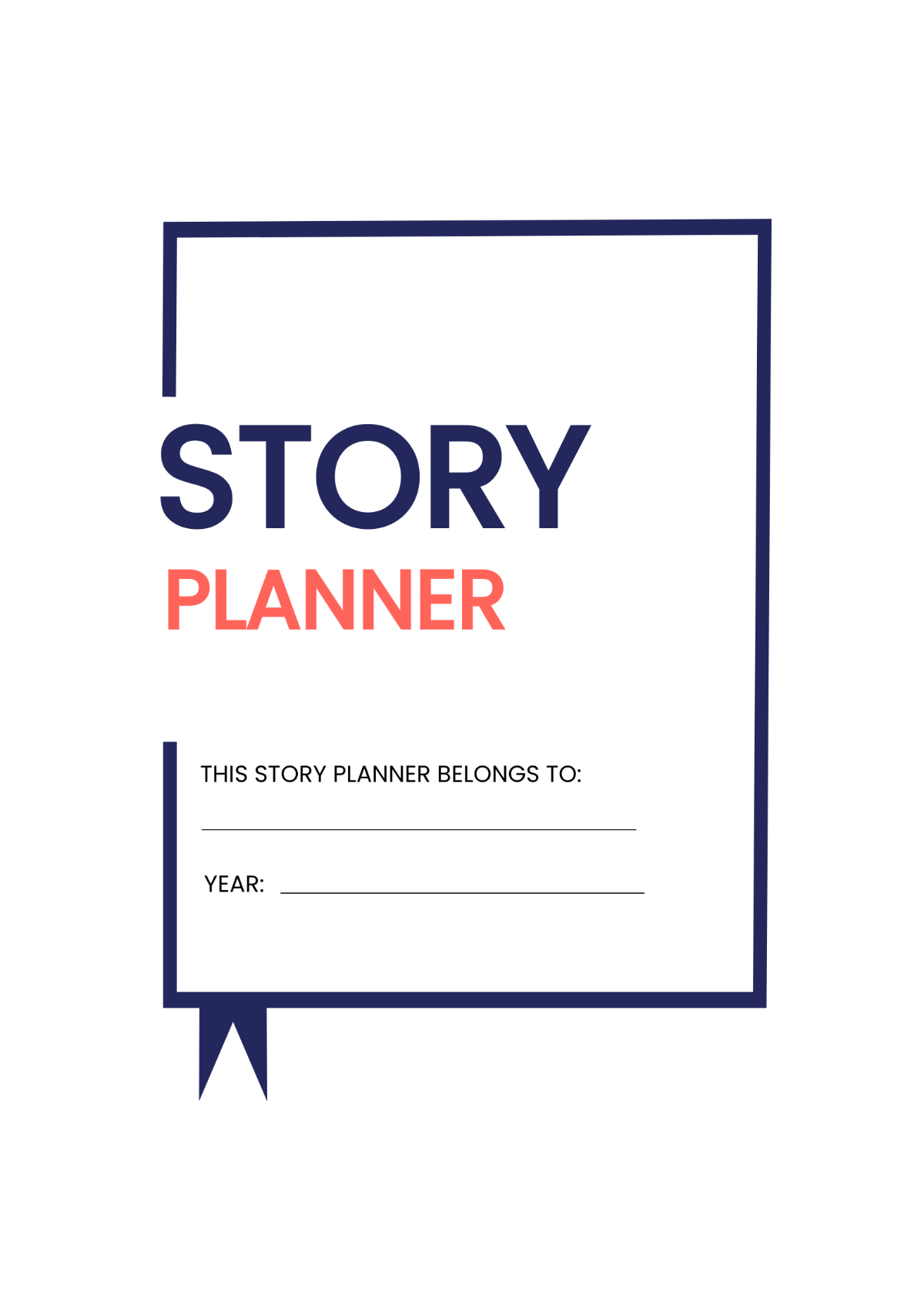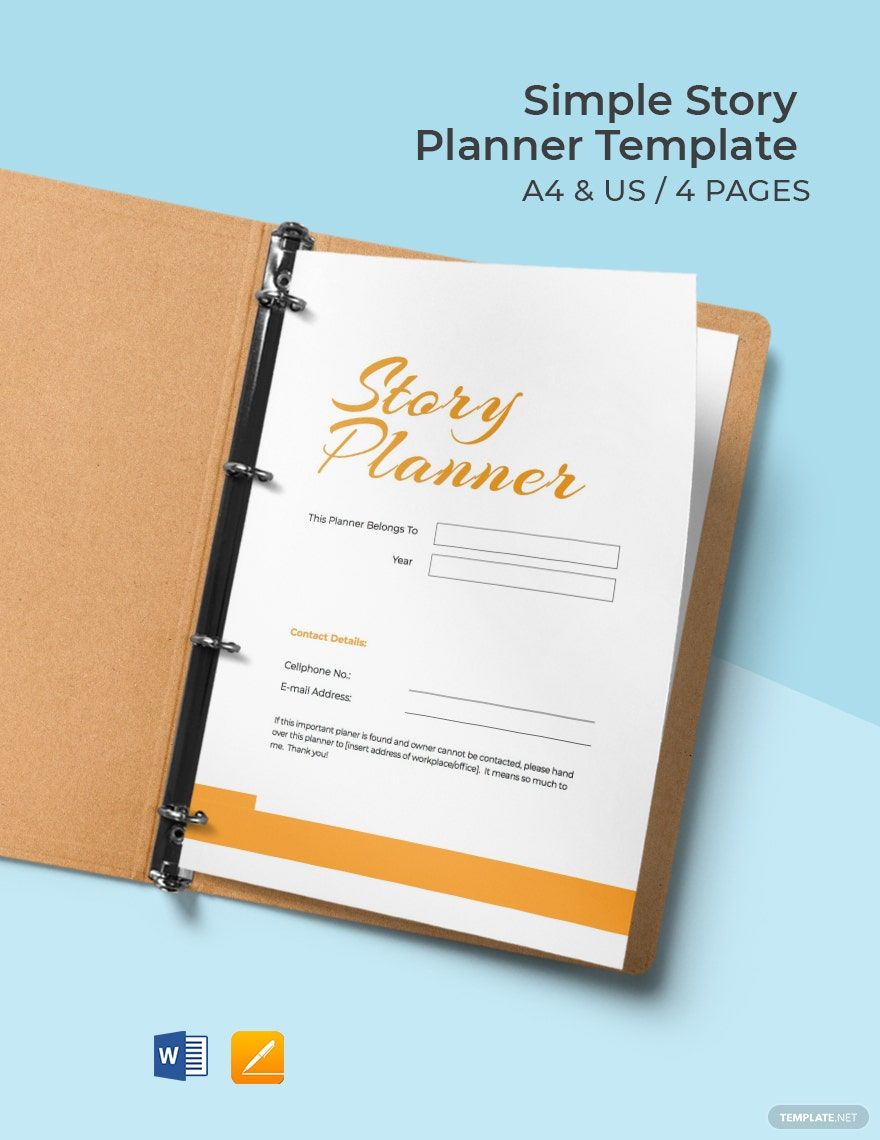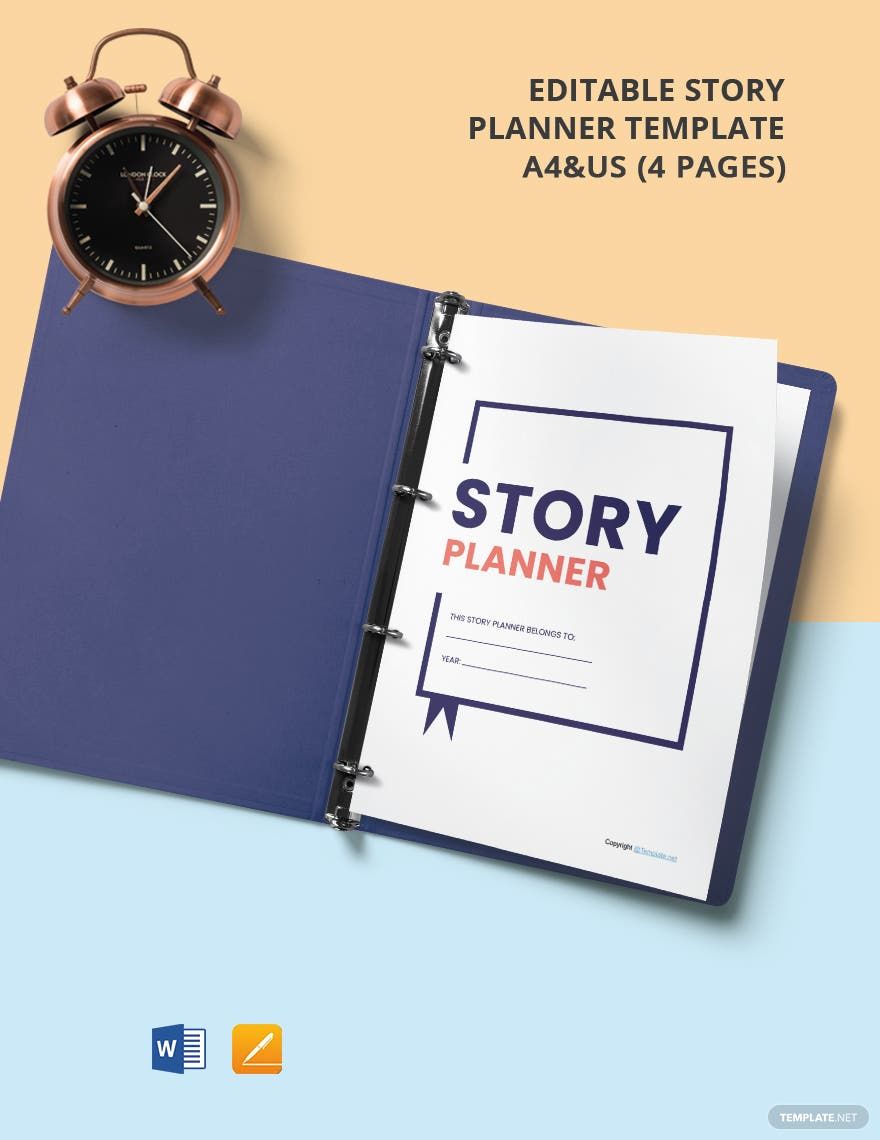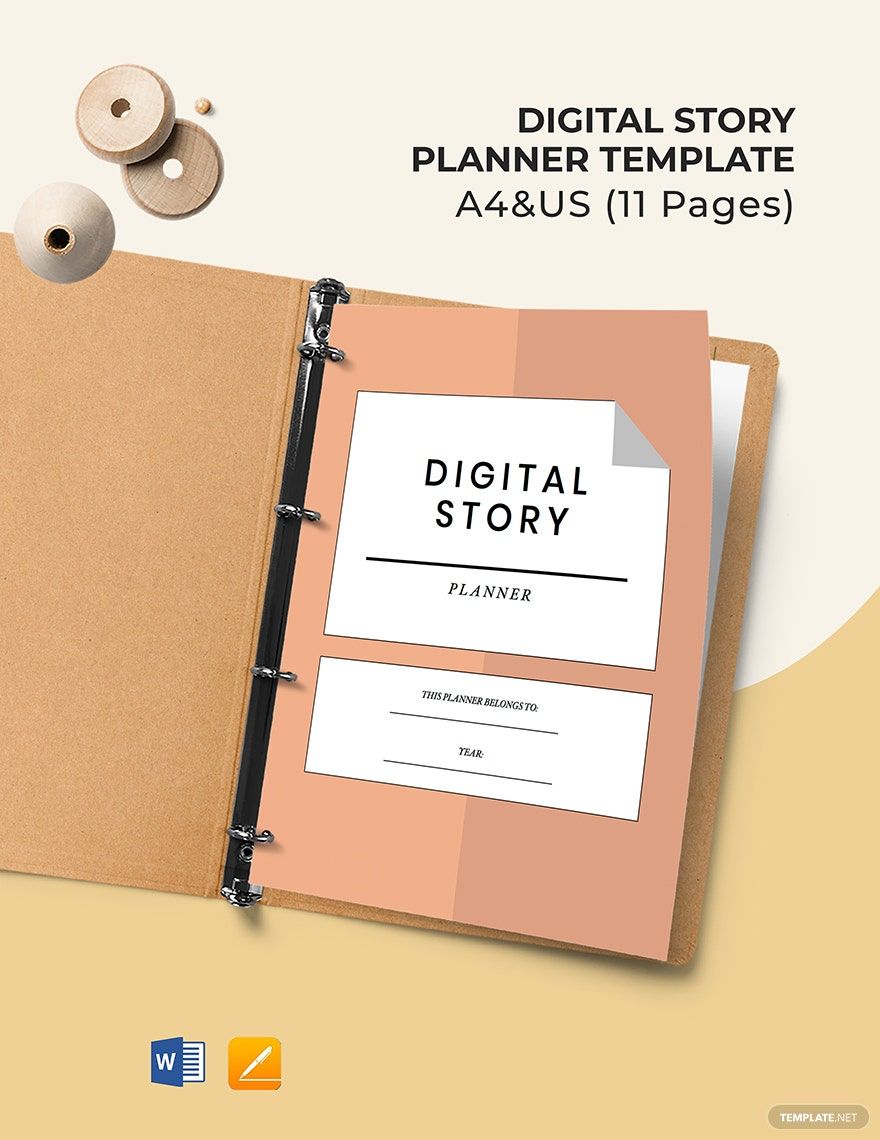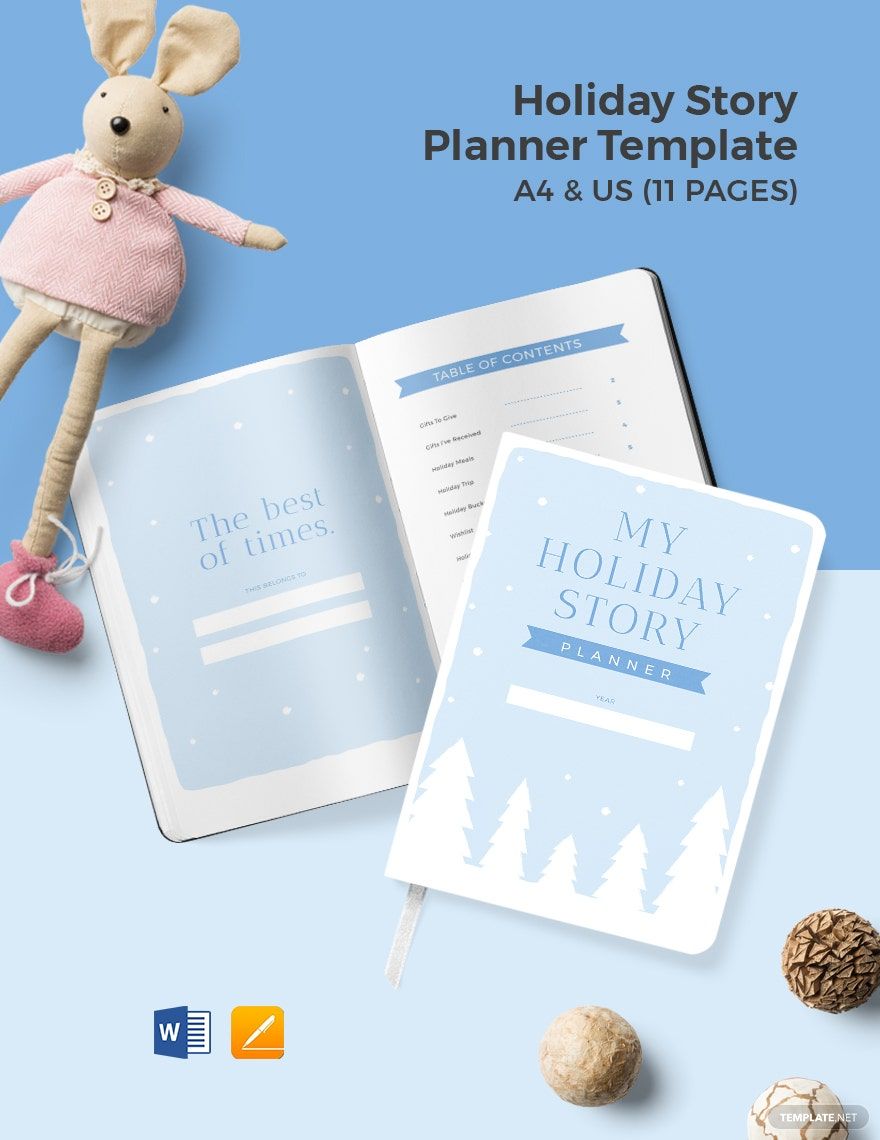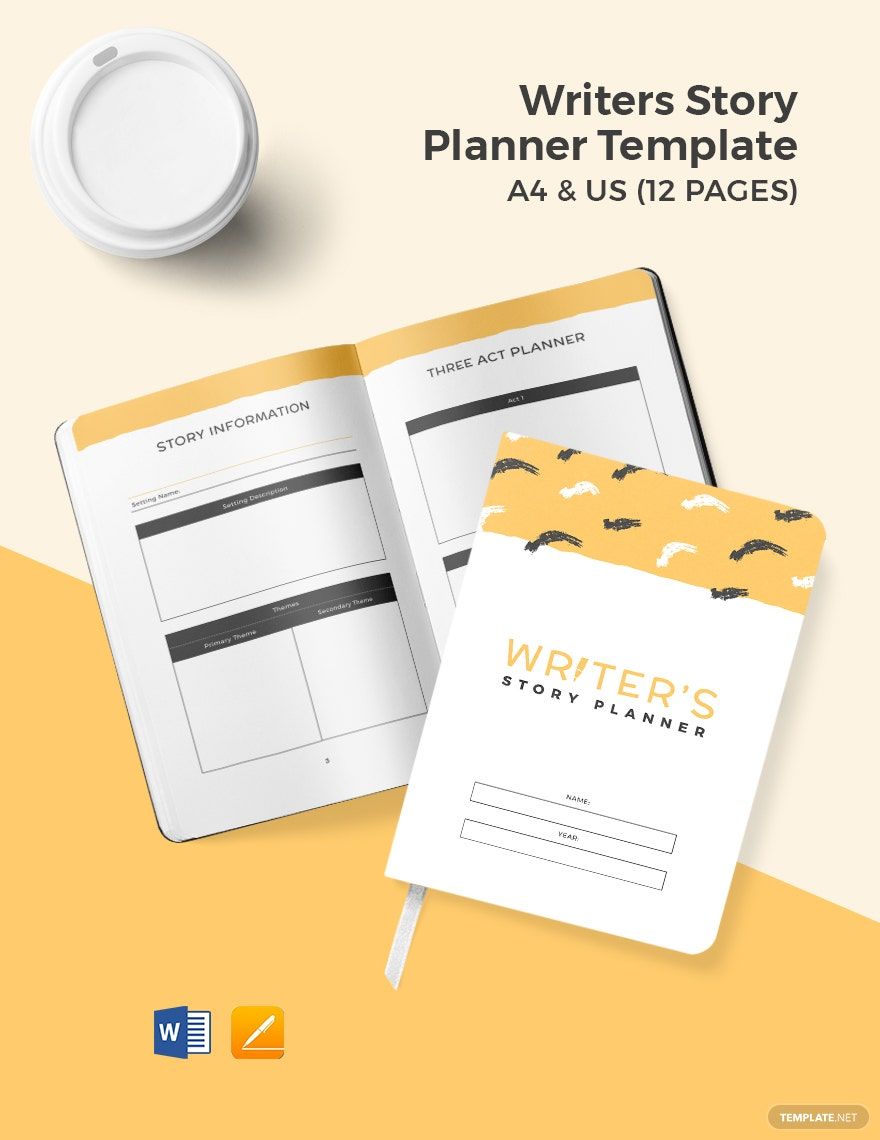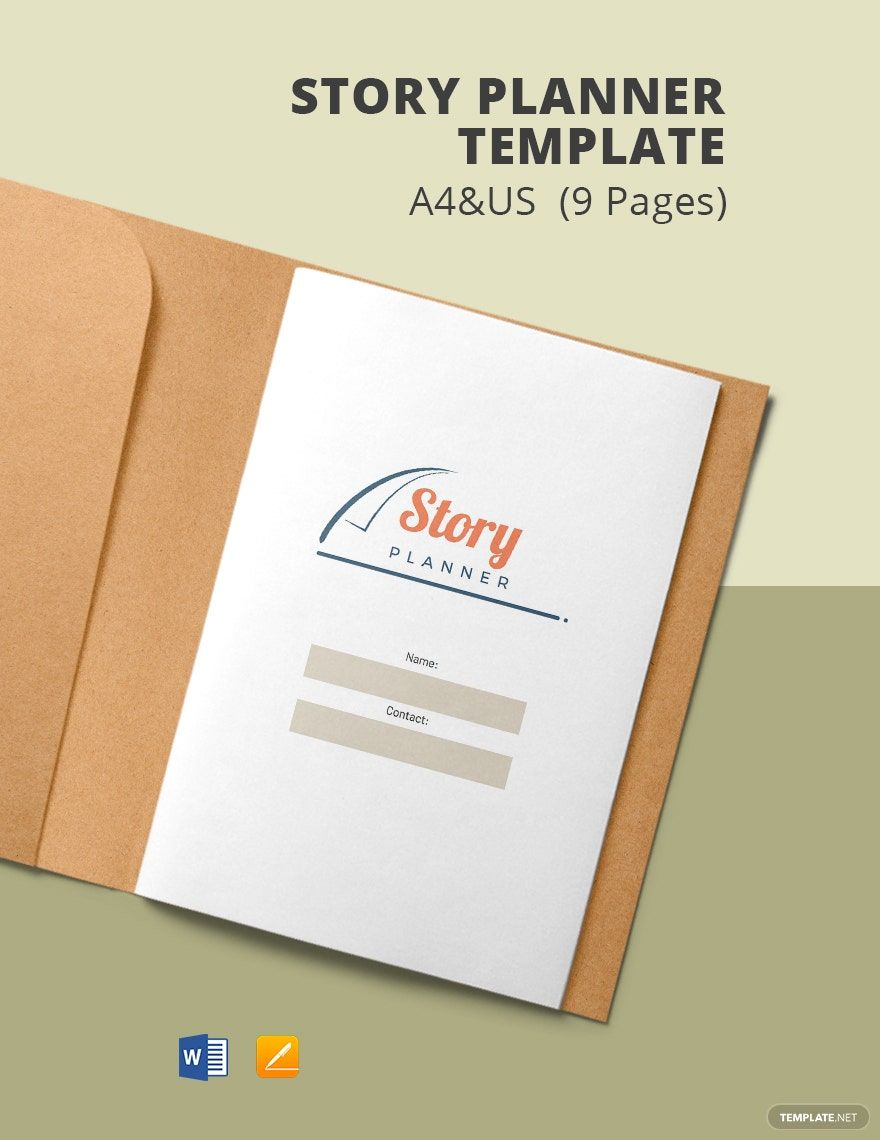Jodi Picoult mentioned, “You can always edit a bad page. You can’t edit a blank page.” Anyone who dreams of becoming a writer starts with ideas and planning. So why not get yourself a planner to make your work easier? For that, here is the best collection of Ready-Made Story Planner Templates. These templates are 100% customizable and easily editable. You can put your ideas and see your progress every now and then. You can edit these in Apple Pages and Microsoft Word. These are printable in A4 & US sizes. What are you waiting for? Grab one of these templates and create your masterpiece!
What Is a Story Planner?
A story planner is a planner that a writer uses as his or her outline for the stories. A story planner may include the plot, characters, themes, and other ideas.
How to Create a Story Planner
Writing isn't an easy job. But for passion, there are a lot of people who dream about this job. Also, Statista said that back in 2018, in the USA, there were around 42.5 thousand writers and authors working there. You may be a writer, or you want to pursue a writing career, you can always find assistance from story planners. So here are some tips to help you make a simple planner:
1. Tell Something about Your Story
Before you can start writing, you have to know what kind of story you want to write. Writing about something that you have no idea about is like going nowhere. So you can start by scribbling your ideas down about the story on a blank planner. Decide whether you're doing creative writing, narrative writing, or others. You can begin with a few sentences that talk about your story. Also, don't worry if you think your story won't work. You can improve it throughout the process. Furthermore, recording your ideas about your story is going to help. If ever you'd forget something about the story, you can always check your planner.
2. Write about the Setting
The setting is the place or time where a story takes place. You have to include this element on your basic planner. If you want to make your story more engaging, you should determine your setting. You can say that the story takes place in the mountain, a castle, or you can make a fictional one. Then you can make a short description of it. You have to note that your setting can create the atmosphere or mood of your story.
3. Draft Your Plot
One of the vital elements of a story is its plot. The plot is going to help your audience understand what's happening in the story. So your editable planner should have a section only for its plot. Whether you're making nonfiction or fiction, a good plot is going to draw your readers. To begin, you can start writing about the beginning of the story, and then you can proceed to the middle. Then finally, you can now write the ending. If you have new ideas for your plot, you can add it anytime. Don't be scared to add more ideas to make your story better.
4. Flesh Out Your Characters
Do you want to make your story move forward? Then story characters can help you. They are the actors of your story, so you should put them on your book planner. However, it's not enough to only list their names. You have to dig deeper. You have to flesh out every character. You can list their personalities, the things they like, and write how they would react to different things. This way, they are more real and connect better to your audience.
